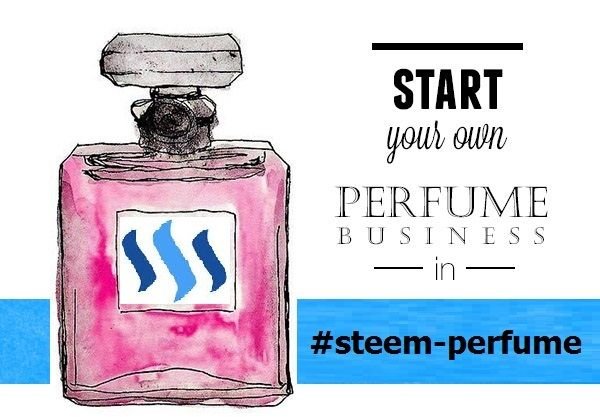
There are no secret ingredients in famous and popular expensive perfumes. You also can have them all from perfumery shop. Take a look at the list of ingredients used in various perfumery products.
Fragrance Oils
The fragrance oil is the key to any perfumery product. A perfumer creates it, based on a design or profile perceived to be acceptable to the target market. Usage information below is based on intended end product and the percentage to the concentration of fragrance oil.Vehicles
These are the carriers in which fragrance oils are solubilized or dispered. Example: perfume grade ethyl alcohol and water for hydro-alcohol system, and perfume oil carrier such as jojoba and sweet almond oils.Fixatives
These are additives that enhance the lasting power of the fragrance. Particularly used in hydro-alcoholic fragrances, fixation without distortion is a major goal. Traditionally, fixation is achieved in several ways, using a combination of natural and synthetic means. Example: musks, benzoin, methyl glucoside, dipropylene glycol (DPG).Solubilizer
Used to clarify cloudy mixture. Breaks the barriers between immiscible components. Example: PEG 40, Solubilizer LA.Emollient/Humectants
Hardly used in eau de parfum. Gaining as functional additive in toilet waters, splash, and aftershaves to moisturize and reduce sting. Example: DPG, glycerinColor
The two color component are; tint for aesthetic effect. And ultraviolet absorbers to reduce color-fading. Example: Benzophenone-3Antioxidant
Included in some perfume compositions to reduce adverse effect of exposure to air. Example: BHTBactericide
Used in body splash and aftershave to support deodorant or anti-bacterial claim. Example: TriclosanPreservative
To prolong shelf-life. Example: Methyl Paraben, Propyl Paraben
Note: Preservative are not required in high concentrations of alcohol and it is a standard ingredient in non-alcoholic formulations.